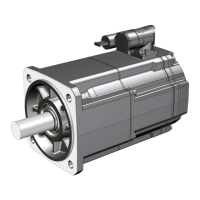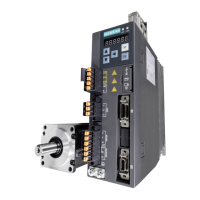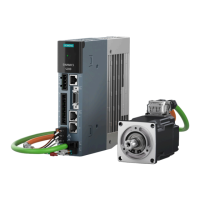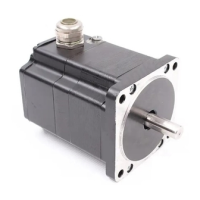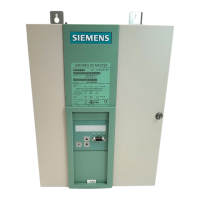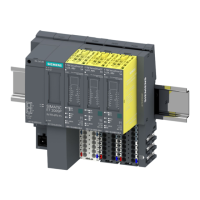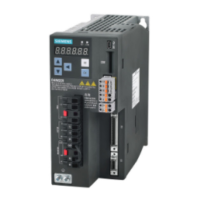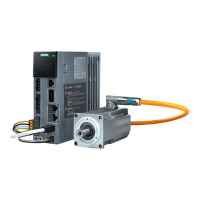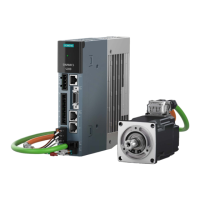Motor components and options
4.2 Options
1FK2 synchronous motors for SINAMICS S120
44 Configuration Manual, 06/2019, A5E46927724B AB
The type of holding brake installed depends on the size of the motor.
Type of the holding brake
installed in the motors 1FK2❑03 ... 1FK2❑04 1FK2❑05 ... 1FK2❑10
Method of operation The spring exerts a tensile force on
the brake armature disk. This
means that in the no-current condi-
tion, the brake is closed and the
motor shaft is held.
When 24 V DC rated voltage is
applied to the brake, the current-
carrying coil produces an opposing
field. This neutralizes the force of
the spring and the brake opens
without any residual torque.
The spring-loaded brake has a
torsional backlash less than 1°.
The magnetic field of the per-
manent magnets exerts a pull-
ing force on the brake armature
disk. This means that in the no-
current condition, the brake is
closed and the motor shaft is
held.
When 24 V DC rated voltage is
applied to the brake, the cur-
rent-carrying coil produces an
opposing field. This neutralizes
the force of the permanent
magnets and the brake opens
without any residual torque.
The permanent magnet brake
has a torsionally stiff connection
to the motor rotor.
Damage to the motor due to axial forces on the shaft extension
Axial forces on the shaft extension can damage motors with an integrated holding brake.
• Avoid impermissible forces on the shaft extension. Detailed information is provided in
Chapter "Axial forces (Page 32)".
● The holding brake is used to clamp the motor shaft when the motor is at a standstill. The
holding brake is
a working brake for braking the rotating motor. When the motor is at
a standstill, the holding brake is designed for at least 5 million switching cycles.

